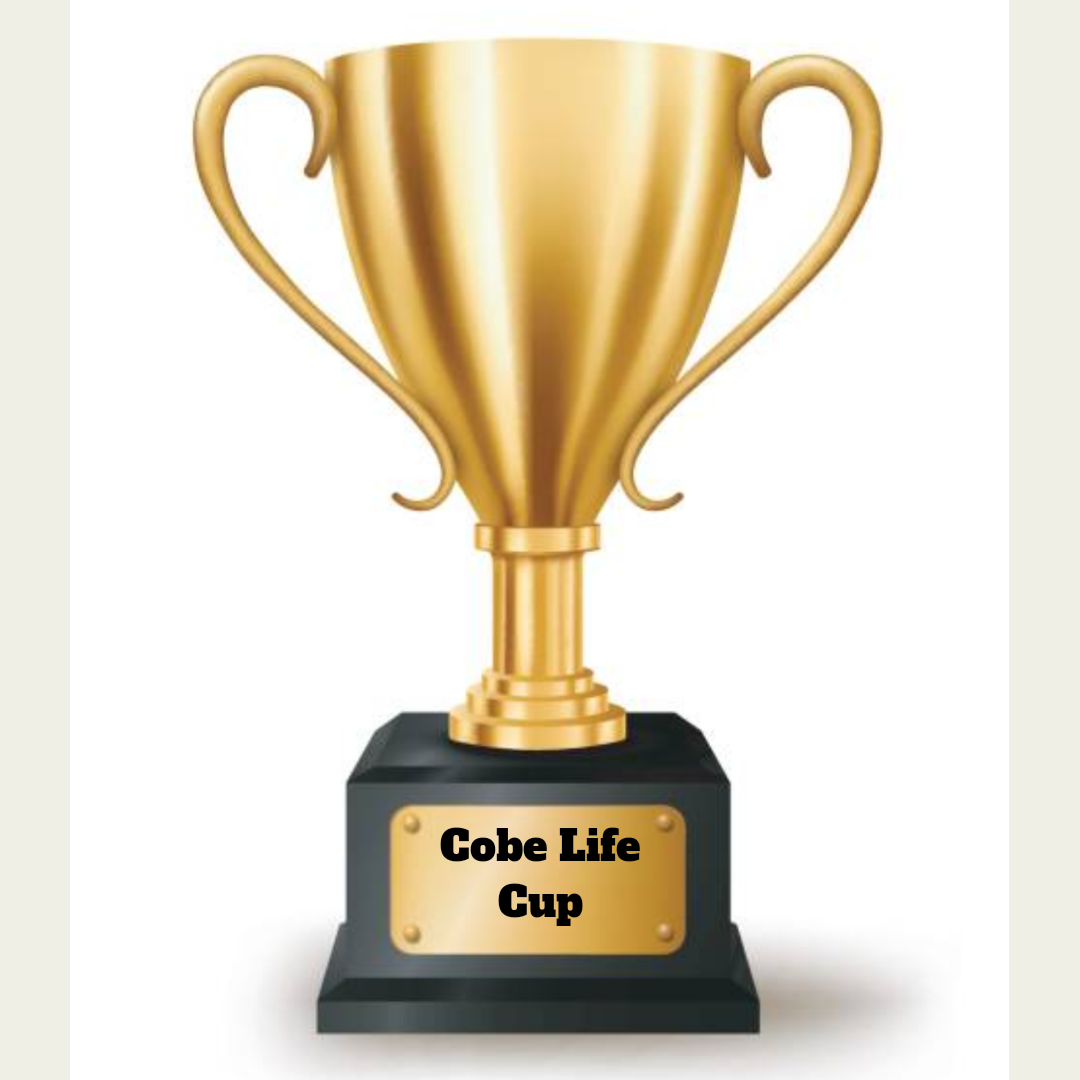What I have learned in 8 months
When I review a product I don’t just spend an hour or two in the simulator, at the range, or play a Round of golf on the course. I continue to test the product through my ongoing reviews until there is no doubt left in my mind about my conclusions. There are so many variables that come into play when you evaluate a product with a very small sample size. I don’t care if you are a 20+ Handicap golfer or Rory McIlroy. Every golfer has good days and bad days with their swing. If I tested a Driver one time in the Simulator on a good swing day. I might conclude that particular Driver is the best I’ve ever tested. The same is true for a Ball test. Without testing products on an ongoing basis it’s impossible to differentiate between what the product is responsible for and what your swing is responsible for. Tour
I’ve spent the last 8 months playing the Project A ball which theoretically should be the right ball for me. The A in Project A stands for Amateur. The ball has a Tour ball type of design with 3 layers including a Urethane cover. What separates it from the ProV1, TP5, and Tour B balls is the Compression. The Taylormade Project A has a lower Compression than the top Tour balls so slower swing speed Players can properly compress the ball at impact. According to Taylormade the Project A’s design should “combine to increase Driver and Long Iron distance while maintaining excellent greenside control and feel”.
Do I agree with Taylormade’s claims about the Poject A? Well to be honest I do and I don’t.
DRIVER RESULTS
Over the last 8 months I’ve switched from the Cobra Fly-Z Driver to the Ping G SFT Driver so my results are derived from a combination of shots taken with both. Having a slightly lower compression than the top Tour balls had me excited about the distances I should expect to see off the tee. My swing speed with the Driver fluctuates between 92 and 98 mph. I don’t consistently make center face contact so smash factor and ball speed can vary. There is one thing I’m very good at with both Drivers, and that’s knowing when I hit one perfectly. fortunately both Drivers provide a lot of feedback. Whether it was in the Simulator, at the Range, or on the course when I really smashed one the results were the same. The Smash Factor was a little bit lower than expected resulting in a slightly lower ball speed than what I’ve seen with some other balls I’ve tested. Carry and Total distances were an average of 5 to 8 yards shorter than the longest balls I’ve tested. Off center hits resulted in an even greater drop off.
Unfortunately for a Beginner like myself the Project A didn’t provide me with an advantage Off the Tee with the Driver. It isn’t the shortest ball by any means but it wasn’t particularly long either. Dispersion was decent. I have a tendency to hit a Fade to a Slice and I was able to find the Fairway the majority of the time. Of course the lack of distance is partially responsible for allowing me to hold some of those Fairways.
WOOD & HYBRID RESULTS
i play more Hybrid clubs in my bag than the majority of golfers. I have a 3, 4, 5, and 6 Hybrid. I also play with a 3 Wood. How well I score on the course has a lot to do with how well I hit my Hybrids that day. The 3 Wood doesn’t get used much except occasionally off the tee or as the set up shot on a long Par 5. The 3 Wood is more about total distance whereas the Hybrids are about accuracy.
My results with the Project A provided excellent accuracy with my Hybrids, but not much distance with the 3 Wood. This was an acceptable compromise for me because it meant that even long approaches into Greens could find the dance floor and have me putting for Birdie. I was impressed with the amount of Spin I could generate with my Hybrids. The Project A was easy to control, and did a good job of cutting through the wind on those very gusty days.
IRON & WEDGE RESULTS
If you haven’t already done the math my longest Iron is a 7 so these are the scoring clubs in my bag. I also play with a 52 degree Attack Wedge, 56 degree Sand Wedge, and a 60 degree Lob Wedge or Chipper. These are the clubs in my bag that I really expected the Project A ball to shine. With a Urethane outer shell you would expect the Project A to spin like crazy.
Well, I was not disappointed! I used to be really impressed with 2 yards of roll out when I attacked the Pin with my Pitching Wedge. Now I fully expect to stick it on the Carry number. Just last week I used my 9 Iron to attack a 105 yard Par 3 that was about 30 feet downhill. Normally that would be far too much club for me. Pin was in the front of the Green, and the Green runs downhill from back to front. I gripped down about an inch on the grip which would add a little bit of Spin and took aim at the center of the Green. I struck the Project A clean and hit my target. the Spin quickly brought the ball back toward the Pin almost 4 yards and left me with a 5 footer for Birdie.
You know I sunk it. Otherwise why even tell the story. The real beauty of that shot is that I called it before I made it. My cousin Greg was there and questioned my 9 Iron choice. With total confidence I told him that I was going to aim at the center of the Green and Spin it back. 8 months playing with the Taylormade Project A ball taught me that I could do it. Something I’ve never done with any other ball.
Wedge control can be too good at times. My Wedge game consists of three shots. I can hit a Flop shot from 25 to 50 yards out. I can Chip and Run from 15 yards and in. I can hit a decent Chipper shot from 25 yards and in. With the Project A my Flop shots are beautiful to watch. My Chip and Runs have a tendency to come up short because the check up to much. The Chipper shots are fairly accurate because the Project A rolls quite well on Greens. I used to hit the majority of my greenside shots as Chip and Runs but the Project A made that a little too difficult. As a result my Putting has had to improve because my distance to the hole has increased.
PUTTER RESULTS
Last but not least the flat stick. I’ve said it many times, if I can’t accurately Putt a ball it doesn’t matter how great it is at everything else, I can’t play it. Fortunately I can Putt a Project A or I would have never done an ongoing review on it.
I’ve putted balls with Surlyn, Lothane, and Urethane covers. I can confidently say that there is a difference. The advantage goes to the Urethane cover if, and only if you are confident with your putting stroke. I’ve noticed that the energy you put into the stroke is proportionate to the result you get from most Urethane balls. This might sound like a generalization that you could say about any golf ball, but I promise you that it isn’t. I’m sure that you’ve come across reviews of balls that others have said “felt like putting a marshmallow”. I’ve experienced it, and maybe some of you have as well. Those balls reduce the the energy transferred from your putt. Some balls have been described as “clicky or hot off the face”. Those balls increase the energy transferred from your putt. These shouldn’t be seen as negatives because depending on your stroke it might be perfect for you. When I first began playing seriously I wasn’t very confident on the Greens. I favoured a “hot off the face” ball because I tended to decelerate during the putting stroke. I’ve spent a lot of time working on my putting stroke since then. I know have a very pure stroke , and want a ball that travels at exactly the same pace of my swing. I’m happ to say that the Project A does exactly that.
It ranks at the very top of accurate balls I’ve putted . There are other balls that I’ve putted just as well, but none better. On the Greens the Project A is a perfect fit for me, and probably anyone with a confident putting stroke.
DURABILITY
The Taylormade Project A is a relatively durable ball. The outer layer does get noticeably scuffed from full Wedge shots, but I’ve found this to be the case for most second tier (just below tour level) golf balls. Considering that this ball is aimed at Beginners looking to improve their games, it’s unlikely that you will go through a full Round with one ball anyways. On average I go through a sleeve of balls each round on a full size golf course so a few minor cuts or scuff marks won’t bother me too much. On a short course where you expect to hit a lot of Wedges or short Irons it can be an issue which is too bad. Those are the courses where the Taylormade Project A’s abilities would shine but you would require quite a few balls to get through the round.
CONCLUSION
Obviously the good outweighs the bad when it comes to the Taylormade Project A golf ball, but will it be my ball of choice going forward…
No it won’t
You are probably wondering why. Especially after that spin back birdie story I told. The answer is simpler than you may have thought. The Taylormade Project A retails at $45 Canadian. I have routinely seen it go on sale for between $35 and $40 over the last year. At $40 Canadian for a dozen I honestly expect more from a golf ball. As great as the control may be off the Irons, and how pleasurable it is to Putt. It’s difficult to justify the price when I routinely find myself as the shortest off the tee. If the Taylormade Project A was $30 per dozen it would have stayed in the bag. Although I have played quite well with it. I can’t help but think a ball with a little more distance, and little less spin would benefit me more.
If you already hit a relatively long ball, than switching to the Project A might be the right move for you. For shorter hitters like myself it just magnifies that particular weakness. At the price, it just isn’t worth it for me.













